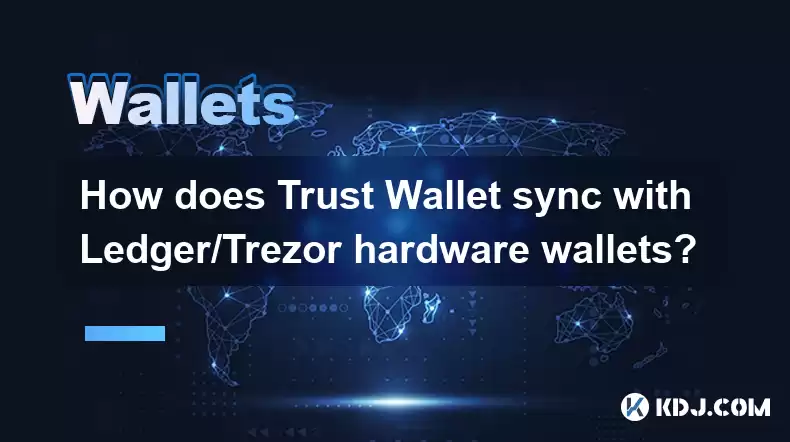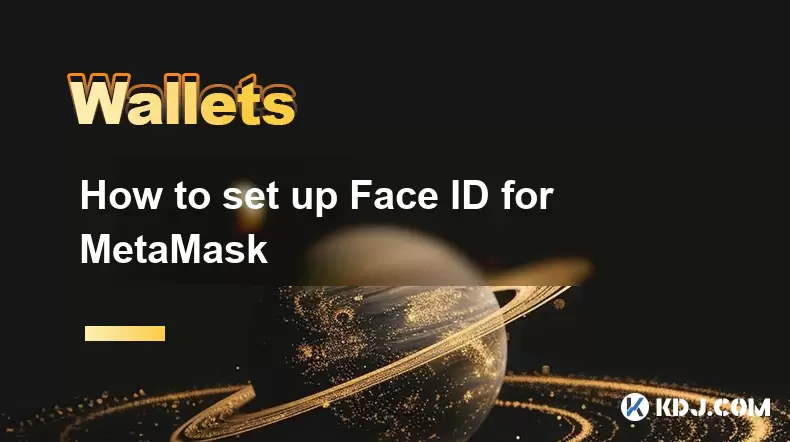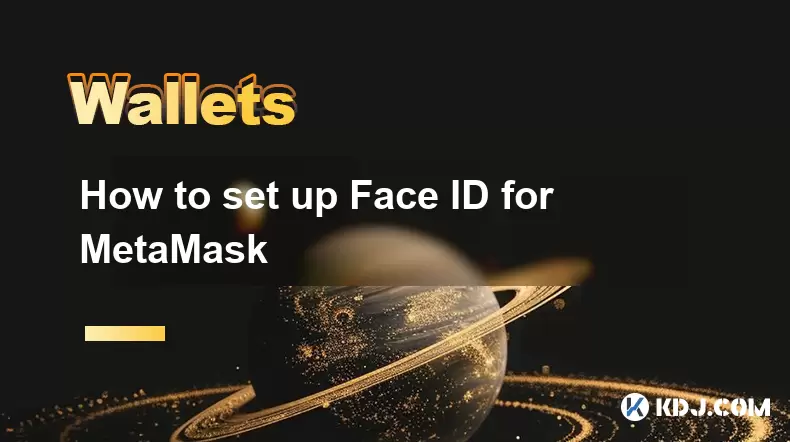-
 Bitcoin
Bitcoin $118900
-2.66% -
 Ethereum
Ethereum $4299
-0.03% -
 XRP
XRP $3.146
-3.85% -
 Tether USDt
Tether USDt $1.000
0.02% -
 BNB
BNB $808.4
-1.56% -
 Solana
Solana $174.9
-5.25% -
 USDC
USDC $0.9999
0.01% -
 Dogecoin
Dogecoin $0.2238
-6.06% -
 TRON
TRON $0.3478
2.15% -
 Cardano
Cardano $0.7812
-4.99% -
 Chainlink
Chainlink $21.52
-3.27% -
 Hyperliquid
Hyperliquid $43.17
-7.07% -
 Stellar
Stellar $0.4371
-3.82% -
 Sui
Sui $3.672
-6.55% -
 Bitcoin Cash
Bitcoin Cash $593.8
2.88% -
 Hedera
Hedera $0.2468
-7.18% -
 Ethena USDe
Ethena USDe $1.001
0.02% -
 Avalanche
Avalanche $23.02
-6.25% -
 Litecoin
Litecoin $119.5
-3.72% -
 Toncoin
Toncoin $3.423
0.51% -
 UNUS SED LEO
UNUS SED LEO $9.020
-1.06% -
 Shiba Inu
Shiba Inu $0.00001298
-5.49% -
 Uniswap
Uniswap $11.22
0.76% -
 Polkadot
Polkadot $3.897
-5.33% -
 Cronos
Cronos $0.1672
-2.70% -
 Dai
Dai $1.000
0.02% -
 Ethena
Ethena $0.7925
-5.47% -
 Bitget Token
Bitget Token $4.410
-1.92% -
 Monero
Monero $260.1
-4.80% -
 Pepe
Pepe $0.00001127
-7.77%
How does Trust Wallet sync with Ledger/Trezor hardware wallets?
Trust Wallet connects to Ledger or Trezor for secure transactions, keeping private keys safe on the hardware device, not in the app.
Mar 30, 2025 at 10:15 pm

Trust Wallet, a popular mobile cryptocurrency wallet, doesn't directly sync with Ledger or Trezor hardware wallets in the same way that some software wallets might. Instead, it interacts with them through a connection process that leverages the hardware wallet's capabilities for enhanced security. This means you don't copy your seed phrase or private keys into Trust Wallet. Your keys remain securely within your hardware device.
Understanding the Connection Process
Trust Wallet connects to your Ledger or Trezor device to authorize transactions. This connection doesn't involve transferring your assets or private keys to the mobile app. Instead, it establishes a secure communication channel allowing Trust Wallet to interact with your hardware wallet to sign transactions. This is crucial for maintaining the security of your cryptocurrency holdings.
The process differs slightly depending on whether you are using a Ledger or Trezor device. Both methods prioritize security by keeping your private keys offline and within the physical device.
Connecting Trust Wallet to a Ledger Device
To connect Trust Wallet to your Ledger device, you'll need to:
- Ensure your Ledger device is updated to the latest firmware. This is vital for compatibility and security.
- Open the Trust Wallet app and navigate to the relevant cryptocurrency. You'll typically find this within your wallet's asset list.
- Connect your Ledger device to your mobile device using a USB cable.
- Unlock your Ledger device and open the appropriate cryptocurrency application. This app must be installed on your Ledger.
- Trust Wallet will prompt you to authorize the connection. Follow the on-screen instructions on both your Ledger and Trust Wallet. This usually involves confirming the connection request on your Ledger device.
- Once connected, you'll be able to view your Ledger balance within Trust Wallet. However, remember that the actual private keys remain on your Ledger device.
Connecting Trust Wallet to a Trezor Device
Connecting Trust Wallet to a Trezor device follows a similar principle, but the exact steps may vary slightly:
- Ensure your Trezor device is updated to the latest firmware. This ensures optimal compatibility and security.
- Open the Trust Wallet app and navigate to the desired cryptocurrency. This is generally found in your wallet's asset overview.
- Connect your Trezor device to your mobile device using a USB cable.
- Unlock your Trezor device.
- Trust Wallet will prompt you to authorize the connection. You will need to confirm this request on your Trezor device's screen.
- Once connected, your Trezor balance will be displayed in Trust Wallet. However, it is important to remember that your keys remain securely on your Trezor.
Managing Transactions with Hardware Wallets
Once connected, Trust Wallet acts as an interface. All transactions are initiated through the Trust Wallet app, but the actual signing of the transaction happens on your hardware wallet.
- Initiate the transaction within Trust Wallet. This involves specifying the recipient address and amount.
- Your Ledger or Trezor device will display the transaction details for confirmation. Carefully review these details before proceeding.
- Approve the transaction on your hardware wallet. This final step ensures only you can authorize the transfer of your cryptocurrency.
This two-factor authentication process significantly improves the security of your transactions. Even if your phone is compromised, the private keys remain inaccessible without physical access to your hardware wallet.
Security Considerations
While using a hardware wallet with Trust Wallet offers a significant security boost, it's crucial to maintain best practices:
- Always verify the firmware version on your hardware wallet. Outdated firmware can create security vulnerabilities.
- Be cautious of phishing attempts. Never enter your seed phrase or private keys anywhere other than on your hardware wallet itself.
- Use strong passwords and PINs for both your hardware wallet and your mobile device.
- Keep your hardware wallet in a safe place.
Frequently Asked Questions
Q: Can I store my seed phrase in Trust Wallet?
A: No, you should never store your seed phrase in Trust Wallet or any other software wallet. Keep your seed phrase offline and in a secure location.
Q: Does Trust Wallet have access to my private keys when connected to my hardware wallet?
A: No, Trust Wallet does not have access to your private keys. The connection only allows Trust Wallet to initiate transactions, which are then signed on your hardware wallet.
Q: What happens if I lose my hardware wallet?
A: Losing your hardware wallet means you lose access to your cryptocurrency. It's crucial to securely store your recovery seed phrase in a safe and separate location.
Q: Are all cryptocurrencies supported for hardware wallet integration with Trust Wallet?
A: Not all cryptocurrencies are supported. Check Trust Wallet's documentation for a list of compatible cryptocurrencies and hardware wallets.
Q: Can I use multiple hardware wallets with one Trust Wallet instance?
A: Yes, generally you can connect multiple hardware wallets, but you'll need to manage them separately within Trust Wallet. You can't merge assets from different hardware wallets into a single account view.
Disclaimer:info@kdj.com
The information provided is not trading advice. kdj.com does not assume any responsibility for any investments made based on the information provided in this article. Cryptocurrencies are highly volatile and it is highly recommended that you invest with caution after thorough research!
If you believe that the content used on this website infringes your copyright, please contact us immediately (info@kdj.com) and we will delete it promptly.
- Bitcoin, CPI, and Market Fears: Navigating the Crypto Landscape
- 2025-08-12 15:10:13
- BTC Traders Eye ETH Targets as CPI Looms: A New York Minute
- 2025-08-12 15:10:13
- Ethereum, Cold Wallets, and Presales: What's Hot Now?
- 2025-08-12 15:30:12
- Bitcoin, XRP, and Monetary Alternatives: Navigating the Crypto Landscape in 2025
- 2025-08-12 15:30:12
- XRP Breakout Watch: Institutional Volume Signals Potential Surge
- 2025-08-12 15:35:19
- XRP, Market Cap, and Institutional Adoption: A New Era for Crypto?
- 2025-08-12 15:35:19
Related knowledge

How to manage your portfolio in Exodus wallet
Aug 08,2025 at 10:07pm
Understanding the Exodus Wallet InterfaceThe Exodus wallet is a non-custodial cryptocurrency wallet that supports a wide range of digital assets. When...

How to reset your MetaMask password
Aug 08,2025 at 01:28pm
Understanding the MetaMask Password Reset ProcessMany users confuse the MetaMask password with the seed phrase or private key, but they serve differen...

How to buy Dogecoin on MetaMask
Aug 08,2025 at 03:42am
Understanding Dogecoin and MetaMask CompatibilityDogecoin (DOGE) is a popular meme-based cryptocurrency that operates on its own blockchain, originall...

How to switch between networks in Trust Wallet
Aug 09,2025 at 11:07am
Understanding Network Switching in Trust WalletSwitching between networks in Trust Wallet allows users to manage assets across different blockchains, ...

How to set up Face ID for MetaMask
Aug 12,2025 at 02:42am
Understanding Face ID and Its Role in MetaMask SecurityMetaMask is a widely used cryptocurrency wallet that allows users to interact with the Ethereum...

How to set up Face ID for MetaMask
Aug 11,2025 at 09:28am
Understanding Face ID and Its Role in MetaMask SecurityFace ID is a biometric authentication system developed by Apple that uses facial recognition to...

How to manage your portfolio in Exodus wallet
Aug 08,2025 at 10:07pm
Understanding the Exodus Wallet InterfaceThe Exodus wallet is a non-custodial cryptocurrency wallet that supports a wide range of digital assets. When...

How to reset your MetaMask password
Aug 08,2025 at 01:28pm
Understanding the MetaMask Password Reset ProcessMany users confuse the MetaMask password with the seed phrase or private key, but they serve differen...

How to buy Dogecoin on MetaMask
Aug 08,2025 at 03:42am
Understanding Dogecoin and MetaMask CompatibilityDogecoin (DOGE) is a popular meme-based cryptocurrency that operates on its own blockchain, originall...

How to switch between networks in Trust Wallet
Aug 09,2025 at 11:07am
Understanding Network Switching in Trust WalletSwitching between networks in Trust Wallet allows users to manage assets across different blockchains, ...

How to set up Face ID for MetaMask
Aug 12,2025 at 02:42am
Understanding Face ID and Its Role in MetaMask SecurityMetaMask is a widely used cryptocurrency wallet that allows users to interact with the Ethereum...

How to set up Face ID for MetaMask
Aug 11,2025 at 09:28am
Understanding Face ID and Its Role in MetaMask SecurityFace ID is a biometric authentication system developed by Apple that uses facial recognition to...
See all articles

























































































